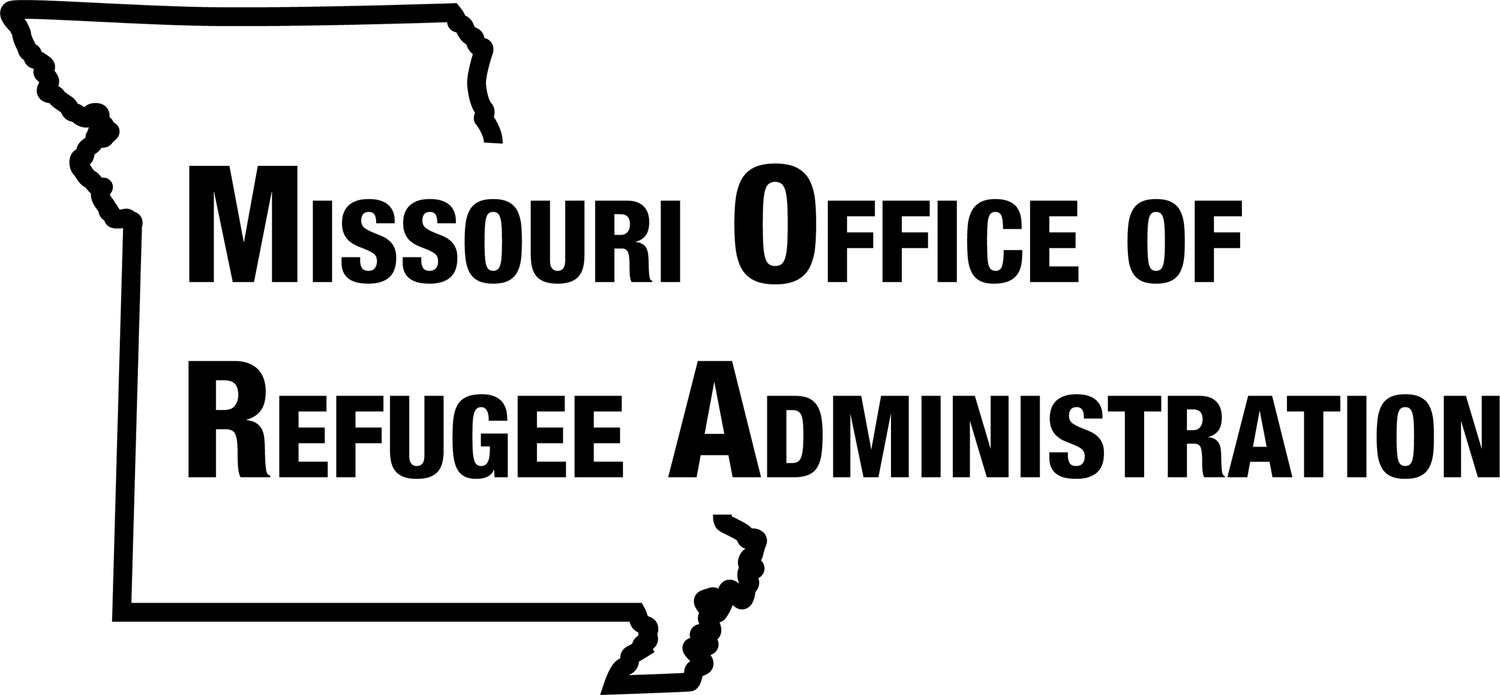
FAQ
Frequently Asked Questions
-
A refugee is any person who is outside his or her country of nationality or habitual residence and is unable or unwilling to return to or seek protection of that country due to a well-founded fear of persecution based on race, religion, nationality, membership in a particular social group, or political opinion.
By the end of 2023, the global refugee population had reached 43.4 million. The United Nation’s High Commissioner for Refugees (UNHCR) lists three durable solutions for the world’s registered refugees.
Return to their homes
Stay in the country of asylum (generally a neighboring county)
Resettlement in another country.
Up-to-date statistics on displaced people can be found here.
-
An immigrant is any person who comes to permanently live in a different country. Refugees are one category of immigrant; not all immigrants are refugees. In the U.S. an immigrant is granted the rights by the U.S. Custom and Immigration Services (USCIS) to reside permanently in the U.S. and to work without restrictions. More information explaining the difference between the terms ‘refugee’ and ‘migrant’ is available here.
-
Refugee: A person from any country admitted as a refugee under section 207 of the Immigration and Nationality Act (INA).
Asylee: A person from any county who has been granted asylum under section 208 of the INA. Asylum status is a form of protection available to people who:
- Meet the definition of a refugee and
- Are already in the U.S., and/or
- Seeking admission at a port of entry.Parolee: A person paroled as a refugee or granted political asylum under Section 212(d)(5) of the INA. This includes minors from other countries classified as a Special Immigrant Juvenile (SIJ).
Trafficking Victim: A person who is a certified victim of severe forms of trafficking and any approved family members (referred to as ‘T Visa’). To receive certification, victims of trafficking must:
- Be a victim of a severe form of trafficking as defined by the Trafficking Victims Protection Act of 2000 (TVPA);
- Be willing to assist in every reasonable way in the investigation and prosecution of severe forms of trafficking or be unable to cooperate due to physical or psychological trauma; and
- Have made a bona fide application for a T visa that has not been denied; or
- Have received Continued Presence (CP) from the Department of Homeland Security (DHS) in order to contribute to the prosecution of human traffickers.Cuban/Haitian Entrant: A person who is a Cuban or Haitian Entrant defined under 45 CFR part 401, which includes:
Any Cuban/Haitian granted parole status by the U.S. Department of Homeland Security, or any other such status later established under immigration laws,
Any Cuban/Haitian who is: paroled to the U.S.; is the subject of exclusion or deportation proceedings, or; has an application for asylum pending; and a final, non-appealable and legally enforceable order of deportation or exclusion has not been entered’
Any Haitian identified as Haitian Family Reunification Parolee (HFRP);
Amerasians: Amerasians from Vietnam who are admitted to the U.S. as immigrants under section 584 of the Foreign Operations, Export Financing and Related Programs Appropriations Act of 1998.
Special Immigrant Visa (SIVs) holder: For their service to the U.S. government in Iraq and Afghanistan, Iraqi and Afghan Special Immigrants (SIVs) are granted status overseas by the U.S. Department of State and are brought to the United States for resettlement by the U.S. (per Section 8120 of PL 111-118).
Permanent Resident Alien: A person who previously held one of the statuses identified above whose status has subsequently been adjusted to that of permanent resident alien.
Additional information may be found on the Office of Refugee Resettlement’s website here.
-
Refugees come from many countries, mainly because of war. Refugees flee their country of origin, generally going to another country to seek asylum and generally placed in refugee camps. Then, upon a lengthy clearance procedure, are sent to a resettlement country.
The top 10 countries that refugees came from to resettle in Missouri in FY 2024 were (from highest to lowest):
-Democratic Republic of the Congo
-Afghanistan
-Somalia
-Syria
-Sudan
-Venezuela
-Burma
-Central African Republic
-Iraq
-Eritrea
-
Generally, an individual who has fled their homeland applies for refugee resettlement with the United Nations High Commissioner for Refugees (UNHCR). The refugee applicant is then referred to a Refugee Support Center (RSC). From there, the applicant is screened multiple times by different U.S. officers representing the Department of Homeland Security and multiple U.S. government security agencies. Health screenings are also required to ensure that contagious diseases do not enter the U.S. Some of the screenings are valid for a defined period of time; if an individual is not resettled to a country prior to the expiration date(s), the individual must re-start the screening process.
Once the individual is approved and screenings are completed, the individual and/or family is assigned to a resettlement agency. The resettlement agency determines where the refugee(s) will be placed. Travel arrangements are made by the International Organization for Migration (IOM), and a promissory note is issued to the refugee for repayment of the travel costs.
More detailed information on the processes can be found at the following websites:
- U.S. Department of State: U.S. Refugee Admissions Program
- White House archives: Infographic of Screening Process
- Department of Homeland Security: USCIS Refugee Screen Process
-UNHCR: U.S. Resettlement Partners
-
Various financial support systems are available to assist in resettling refugees in Missouri. These are the main contributors:
Refugees – Refugees are responsible for paying back their airfare to the U.S. Once in the U.S., individuals sign promissory notes to pay back the costs within approximately six months of residing in the U.S.
U.S. Department of State – Supplies funding through the Reception and Placement Program, that assists local refugee resettlement agencies in providing initial housing, orientation and other services to help refugees in becoming acclimated to their new living environment. Funding is time-limited to a maximum of thirty (30) days.
Office of Refugee Resettlement (an office of the U.S. Department of Health and Human Services, Administration for Children and Families) – Supplies funding through:
Matching Grant Program assists employable refugees in becoming economically self-sufficient within 120 to 180 days. Refugees must be enrolled within 31 days of arrival to the U.S.; asylees must be enrolled within 90 days of their granted status. Funding is time-limited to approximately 180 days and funds must be matched by the receiving resettlement agency. Refugee Cash and Medical Assistance programs, providing short-term cash and medical assistance to refugees that otherwise do not qualify for other cash assistance or Medicaid programs. Funding is time-limited to eight months from date of entry to U.S. or date status is granted.
Refugee Support Services Program assists refugees in attaining and maintaining employment through an array of supportive services such as English Language Learning (ELL), short-term job skills training and other services. Funding is time-limited to five years from date of entry to the U.S. or date status is obtained.
Services to Older Refugees Program ensures refugees age 60 and above have access to mainstream aging services in their community.
Refugee School Impact Program promotes the academic performance and successful integration of refugee youth into the education system.
Youth Mentoring Program promotes positive civic and social engagement and supports individual educational and vocational advancement for refugee youth between the ages of 15 to 24.
